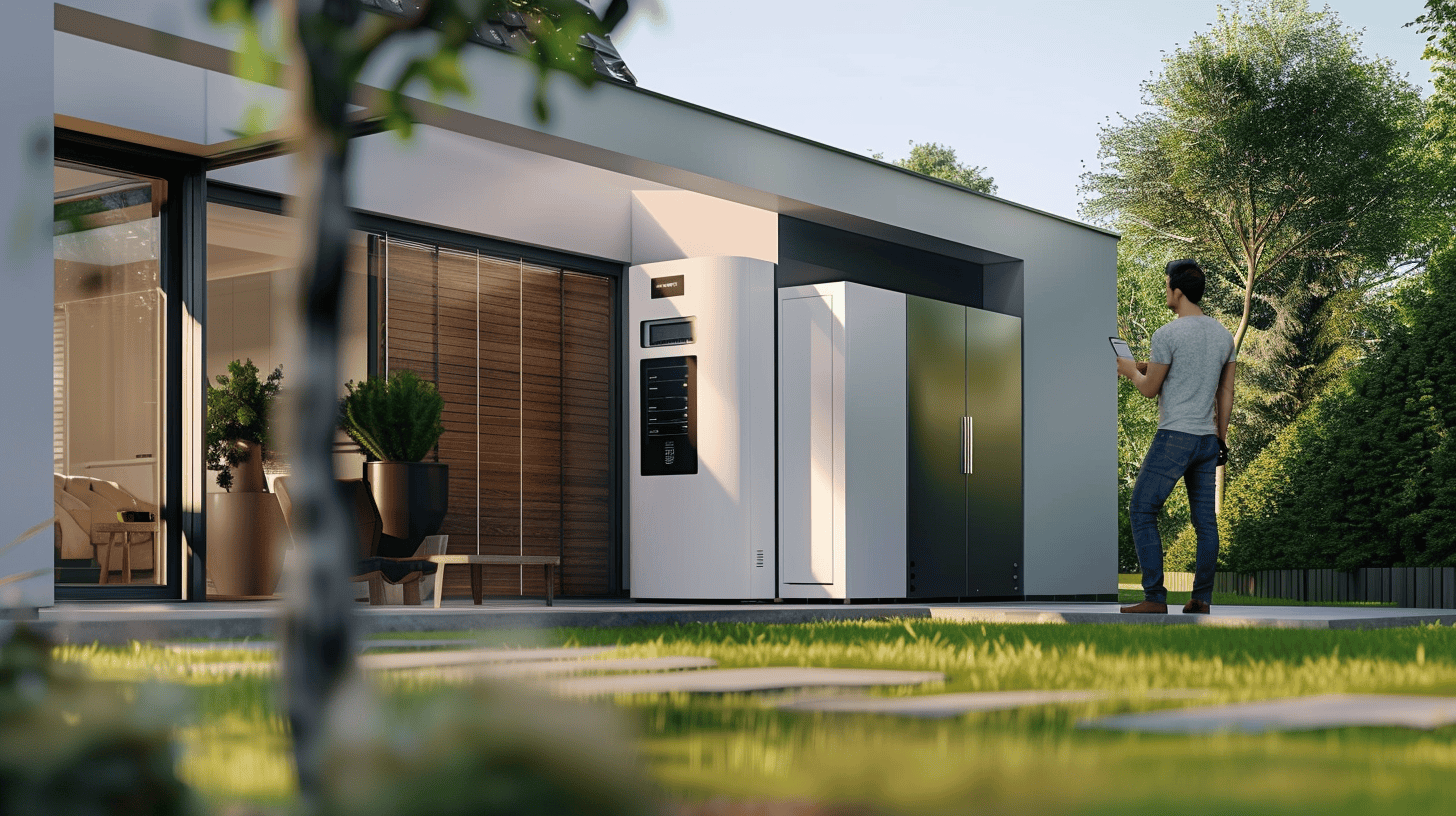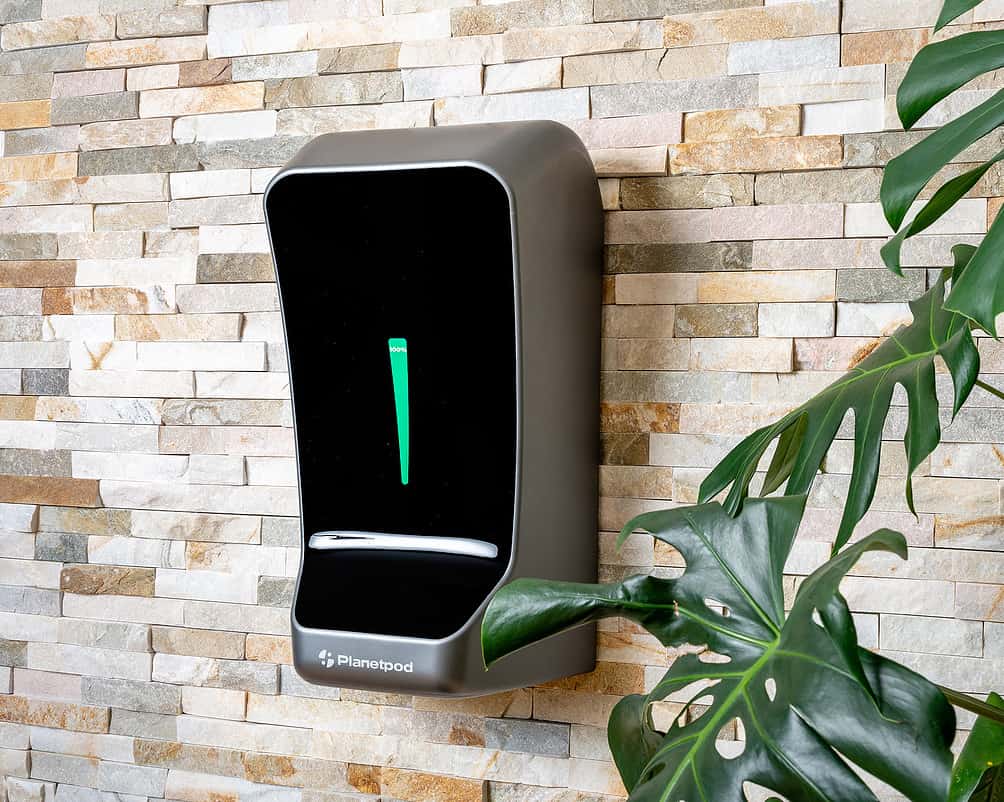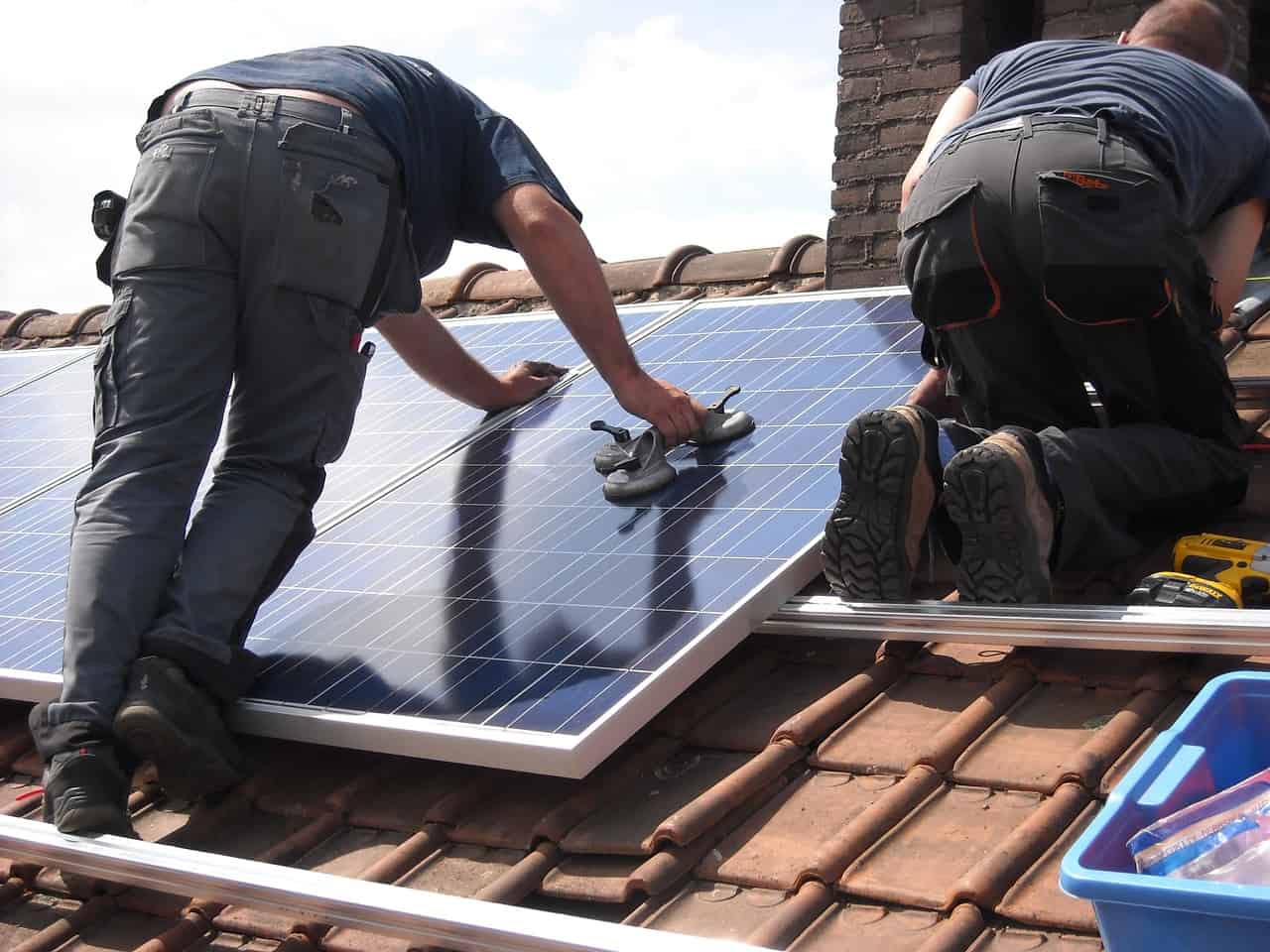
Following a steep rise in solar panel installations over the past few years, Dutchies are now eyeing an improvement to their home energy ecosystem. According to research by the Nationale-Nederlanden Bank, nearly a quarter of Dutch homeowners want to install a heat pump or a home battery in the coming year.
Why this is important:
Storing renewable energy is as important as producing it. Home batteries allow you have more control on energy usage and increase your green energy consumption.
The survey, conducted on over six hundred homeowners, shows that Dutch owner-occupied households are taking energy-saving measures and considering further steps. As of today, home batteries for solar panels are installed in four percent of privately owned homes. 21 percent of the respondents said they plan to buy one in the coming year. In addition, more households will buy solar panels, as 13 percent of the respondents said they plan to install them in the coming months.
Having a home battery allows for greater energy management, either to get the most out of your solar panels or to leverage market fluctuations. In any case, different options exist and can help you cut energy costs and enhance your green power consumption. If you are also a homeowner pondering whether or not to install a home battery, here are three technologies you should consider.
1. The NEStore
Providing everyone with cheap energy that’s the mission of Newton Energy Solutions (NES). Instead of relying on rare materials, NES, which spun off the Dutch Insitute for Applied Scientific Research (TNO), developed the NEStore, which can store electricity in hot water for weeks.
Like a conventional water boiler, NEStore converts electricity – from solar panels or the grid – into heat, storing it without heat losses in water for weeks. When discharged, the system delivers hot water. From room temperature, the system warms the water up to 110 degrees Celsius, well over the threshold reached by conventional boilers. Besides, it has six to eight times the capacity of a regular boiler.
Active for two years now, NES has installed several of its devices for Dutch commercial customers and is taking steps to live up to its proposition. Their standard 20 kWh unit takes less than two hours to install and costs €5.000 before taxes. The company also designed a 30 kWh version.

2. Planetpod
Earlier this week, brothers Roel and Maurice van Ende unveiled Planetpod, the first AI-powered Dutch home battery. Planetpod is a compact home battery that stores solar energy to use it day and night as well as trade electricity. With its self-learning algorithm, the battery charges when electricity prices are low and automatically sells for a profit when needed.
The battery, made of recycled materials, comes as an all-in-one solution that stores up to 8,2 kWh of energy. Its creators tailored it to Dutch households, creating a product smaller than other home storage options—it doesn’t need a separate inverter, for instance. The battery features a lithium-iron-phosphate chemistry to stash power. Through the app, the company plans to make management easier while also optimizing EV charging.
Planetpod will enter the market next year, as 3.000 people joined the waiting list. Coming with a €5.300 price tag, the company expects a payback time of six to seven years. This is mainly due to the software capabilities, which pay off the costs of the device. In fact, the system can predict solar yield, weather, and energy consumption. This way, Planetpod foresees how much energy will be used and traded in the energy markets. Furthermore, the company also envisions creating a network of Planetpod users.

3. MyGrid
A similar compact solution comes from the Belgian company MyGrid, which steps in to help both households with solar panels and without, allowing users to enjoy the electricity market’s price differences.
The Belgian start-up designed a solution that allows users to make use of price fluctuations within the electricity market. It charges when prices are low by simply plugging it into any socket. This way, even those who don’t have a lot of space available can access cheap electricity. Moreover, the cheapest electricity in the grid is produced by wind turbines, which, when active, bring prices down. So, affordable and green power it is.
Having a handy size and weighing 12 kilos, ModuleOne is a portable power bank that can be used externally, too. The lithium-iron-phosphate battery can stash up to 1,500 watt hours. In 2023, the company raised €150,000 through a Kickstarter campaign and announced that it would start deliveries in the first quarter of this year. A ModuleOne costs €2,000.







